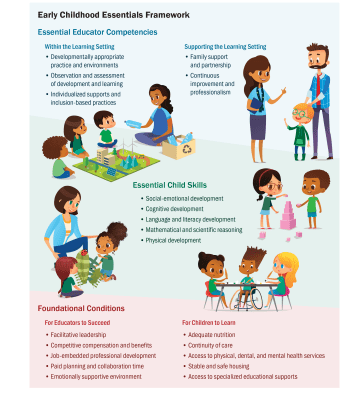Blended families are becoming increasingly common in today’s society, with nearly 1 in 3 American households being a stepfamily. While they offer many benefits, they can also come with challenges, particularly when it comes to navigating tensions. In this post, we’ll explore some tips for managing these tensions and building strong relationships within blended families.
1. Acknowledge and Validate Feelings
In blended families, it’s common for children and step-parents to feel a wide range of emotions, including anger, resentment, and jealousy. It’s important to acknowledge these feelings and create a safe space for them to be expressed. This means listening without judging, validating emotions, and offering support to help family members work through their feelings.
2. Establish Clear Expectations and Boundaries
Another key to navigating tensions in blended families is setting clear expectations and boundaries. This can help reduce confusion and conflict over roles, responsibilities, and rules. It’s important for both children and step-parents to feel valued and respected and for everyone to understand what is expected of them. This might involve having regular family meetings to discuss concerns and establish guidelines that work for everyone.
3. Emphasize Communication and Teamwork
Effective communication and teamwork are crucial in blended families. Family members should be encouraged to express their needs and concerns openly and honestly. It’s also important to work together as a team to solve problems and support one another. This means being flexible and willing to compromise when necessary and recognizing that everyone is working towards a common goal of building a strong, loving family.
4. Seek Outside Support
Finally, it’s important to remember that navigating tensions in blended families can be a challenging process, and it’s okay to seek outside support. This might include individual or family counseling, seeking advice from other blended families, or connecting with local support groups. The key is to recognize when additional support is needed and to take the steps necessary to foster positive relationships and build a strong, cohesive family unit.
In conclusion, blended families can come with unique challenges, but with the right mindset and strategies, they can also be incredibly rewarding. By acknowledging and validating feelings, establishing clear expectations and boundaries, emphasizing communication and teamwork, and seeking outside support when needed, blended families can overcome tensions and build strong, loving relationships for years to come.











